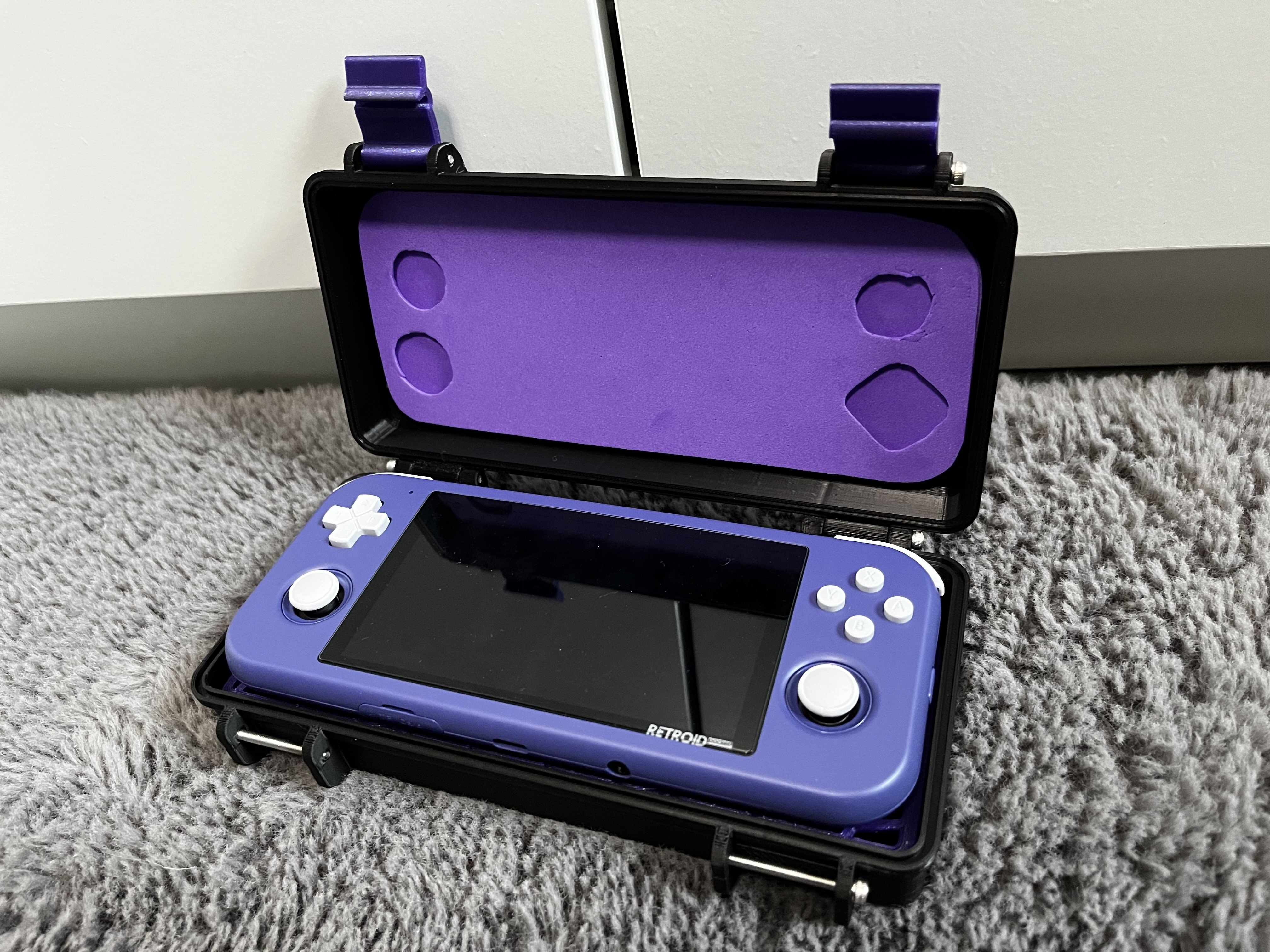Hello everyone!
I am dealing with a slightly warped print bed. Smaller prints are no problem and come out absolutely perfect (for me), but as the prints get larger and go near the sides of the printbed they won’t stick very good, because the bed is a bit more away from the nozzle on all sides, causing my prints to warp or even fall off the printbed.
So now I am thinking about upgrading my Voxelab Aquila with a BLTouch (or similar) to get rid of that problem. So far I read you could use Voxelab‘s Aquila X2 BLTouch Firmware with the standard Aquila?! Is that true? Does someone here know it or already upgraded one? Or maybe have a link to a tutorial?
Any help appreciated! Thanks in advance :)
Creating a custom mesh without a probe is possible, you just need to enable it in the correct firmware. If there’s a build of Marlin for your machine, check the bed leveling section in the source code, and enable “Manual Mesh” leveling. It’ll allow you to Next -> Knob Turn -> Next – through all 9 points and manually set a bed mesh. No need for a touch probe. You still need to update the firmware to enable it though.
Also don’t get caught up in the “BLTouch is for leveling” misinformation. A machine with a mechanical issue will not have the mechanical issue fixed by adding a touch probe, it’ll just add yet another source of frustration.
If you have a glass plate and you think it’s warped – you are wrong. Glass is not manufactured that way, and the only way it can be warped is if you’re purposely pulling it out of its natural resting state.
Thanks for all this information. Very interesting! Do you have a link to that firmware or a name I can search for? I have no problem with manually leveling, I just need to be able to tell my printer where the highs and lows of my print bed are if you get what I mean.
No I don’t think that. In my case it just looks like the plate (the one unter the printing surface that heats up) seems to be bent even in disassembled state. And yes, I don’t really need another instance of frustration, that hobby brings enough of that along its way :D So if I can do it without a probe I might give mesh leveling a try.
I am using a PEI print bed. I had a glass one before, that i had nearly the same problem with (but never tried this big prints, so it didn’t actually bother me).
Are you sure the problem is bed leveling? Oftentimes, the edges (and especially corners) coming up on large prints is warping due to thermal problems like incorrect bed temp or cool breezes.
Yes I am absolutely sure. I can see it while leveling the bed (using a feeler gauge). If I have the correct distance between nozzle and bed on the edges the nozzle scratches in the middle. And if perfect in the middle the edges are to far away. When I start a test print I can even see the filament not being squished enough to the bed on the sides while perfect in the middle. Warping only occurs to me when printing PETG and even then only slightly and on longer prints.
Have you considered shimming your bed? Keep in mind that also X/Y rods (frame in your case) might be a reason for that. Flipping (rotating) rods might get you closer to a solution. Inspect each axis and plate individually (with light behind the ruller for example). Not the answer that you were looking for, but Id always try to fix the hardware first. BL touch is doing nothing, but only correcting hardware issues. Not needed if you fix them 😜 It will be easier with ABL on better tuned printer. Also you might find that you dont need one (hopefully)
That is a really good tip, but I already disassembled the build plate and checked if it’s flat and compared with when it’s built in. Turns out it’s not perfectly flat… I too am a fan of fixing the hardware first, but in this case it might be cheaper (and easier) to install a BLTouch (or a mesh leveling probe in general). Also I won’t have this issue again in the future with a BLTouch, as I can correct a potential future bending of the plate without much work.
Some additional information:
I have a standard Voxelab Aquila with N32 Board. Upgraded already to DirectDrive and use it with a raspberry running Octoprint.
I own an Ender and installed alternative firmware (mriscoc professional firmware) which gives me a feature to probe the bed on multiple points and store this mesh in memory.
Now the firmware ‘knows’ about all the holes and hills on the bed and compensates for it.
You want to look for terms like bed mesh leveling, when you’ve got a probe attached, this technique can really help.
And don’t forget to check if you have to tell your printer to use the saved mesh. I had to add a line to my start g-code. (ender 3 s1; M420 S1) There are also g-codes that can deactivate it again.



